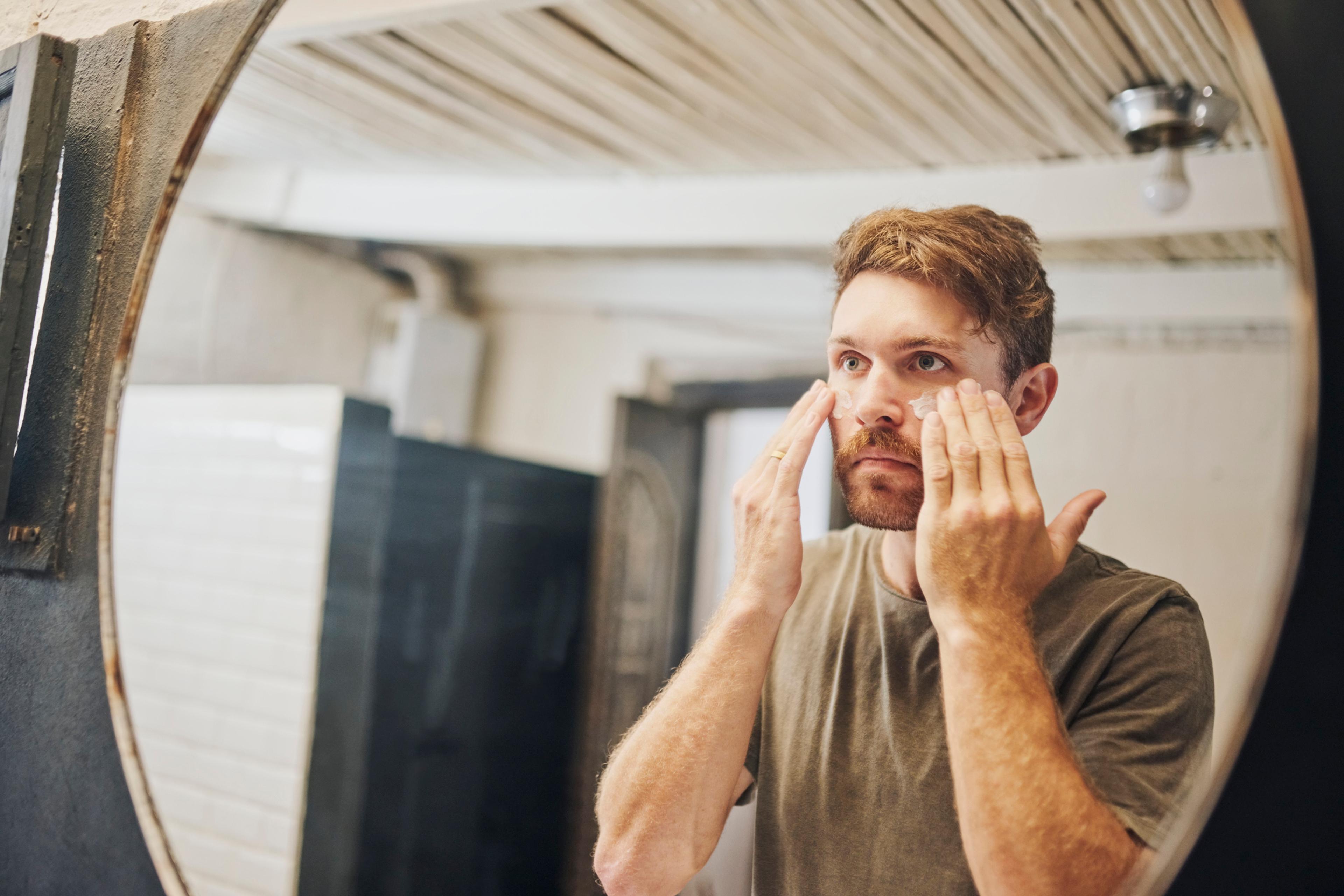Understanding the Connection Between Your Bladder and Pelvic Floor

Lindsay Knake
| 3 min read
Lindsay Knake is a brand journalist for Blue Cross Blue Shield of Michigan.

Having to urinate frequently can be a sign of a urinary tract infection (UTI), but it’s not the only cause.
Pelvic floor dysfunction, or tightening of the pelvic floor muscles, can be confused for a UTI, irritable bowel syndrome (IBS) or constipation. Learn more about the pelvic floor and how it impacts your bladder.
What is the pelvic floor?
The pelvic floor is the muscles and connective tissues that support your bladder, urethra, large intestine and internal reproductive organs in both women and men, according to the Cleveland Clinic. These muscles extend from the left and right sides of your pelvis and from the pubic bone to the tailbone. There is a single sheet of layered muscle with openings for the urethra, anus and vagina.
The pelvic floor muscles keep the organs in place and manage urination and defecation. You can feel these muscles by squeezing and relaxing them during urination.
What is pelvic floor dysfunction?
Like any other muscle, pelvic floor muscles can weaken or become too tense. This is called pelvic floor dysfunction. Signs of pelvic floor dysfunction include:
- Frequent need to urinate
- A frequent need to start and stop during urination
- Constipation
- Straining to pass a bowel movement
- Urinary incontinence
- Painful urination
- Unexplained pelvic pain
- Unexplained lower back pain
The causes of pelvic floor dysfunction are not completely understood, and there are likely many factors that contribute to the condition, according to the National Library of Medicine.
Causes of weak pelvic floor muscles may include aging, overuse from heavy lifting, constipation or chronic coughing, injuries from a fall or car accident, pregnancy, childbirth or surgery. If the pelvic floor muscles become weak, this can cause incontinence, including when you cough, sneeze, lift or laugh. In serious cases, weak pelvic muscles can cause pelvic organ prolapse, particularly in women.
Tight pelvic muscles also cause problems, including constipation, pelvic pain, difficulty urinating and increased urinary frequency. These muscles can tighten from stress, childbirth, sexual trauma and various gynecologic conditions.
How do I treat pelvic floor dysfunction?
If you have any of the symptoms, talk to your primary care physician. As the symptoms of pelvic floor dysfunction overlap with other conditions, it’s important to see a diagnosis for treatment.
Treatments for pelvic floor dysfunction include:
Pelvic floor exercises
Also known as Kegels, these exercises strengthen the muscles, according to the Cleveland Clinic. These exercises involve squeezing and relaxing your pelvic floor muscles to build strength and control. A simple Kegel exercise is to squeeze the pelvic floor muscles for three seconds, then relax for three seconds. Repeat this five times twice a day and build up to 10 repetitions.
Physical therapy
A specialized physical therapist can work with you to identify specific exercises and a routine to strengthen or relax your pelvic floor muscles and any surrounding muscles that contribute to discomfort or pain. Physical therapists may also help you work on posture and movement to relieve pressure on your bladder, according to Harvard Health.
Treat constipation
Eating a healthy diet with fresh fruits and vegetables and little ultra-processed foods, drinking plenty of water and exercising are important for a healthy digestive system. Don’t ignore your body’s signal when you need to use the bathroom as that can contribute to constipation.
Discuss with your physician ways to manage and relieve constipation as it can be a symptom of a more serious health condition.
Therapy
If a cause of tight pelvic muscles is stress, a mental health therapist can help you learn to identify and manage stress through techniques such as cognitive behavioral therapy (CBT).
Image: Getty Images
Related:





